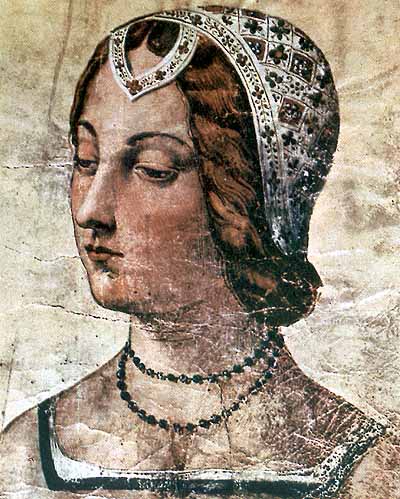
Word of the Day: Love
Today’s word of the day, thanks to Ambrose Bierce’s The Devil’s Dictionary (Walter Neale, 1911), is love. The website www.etymonline.com has three paragraphs on the word:
“Old English lufu ‘feeling of love; romantic sexual attraction; affection; friendliness; the love of God; Love as an abstraction or personification,’ from Proto-Germanic *lubo (source also of Old High German liubi ‘joy,’ German Liebe ‘love;’ Old Norse, Old Frisian, Dutch lof; German Lob ‘praise;’ Old Saxon liof, Old Frisian liaf, Dutch lief, Old High German liob, German lieb, Gothic liufs ‘dear, beloved’). The Germanic words are from PIE root *leubh- ‘to care, desire, love.’
“The weakened sense ‘liking, fondness’ was in Old English. Meaning ‘a beloved person’ is from early 13c. The sense ‘no score’ (in tennis, etc.) is 1742, from the notion of playing for love (1670s), that is, for no stakes. Phrase for love or money ‘for anything’ is attested from 1580s. The phrase no love lost (between two people) is ambiguous and was used 17c. in reference to two who love each other well (c. 1640) as well as two who have no liking for each other (1620s, the usual modern sense).
“To fall in love is attested from early 15c.; to be in love with (someone) is from c. 1500. To make love is from 1570s in the sense ‘pay amorous attention to;’ as a euphemism for ‘have sex,’ it is attested from c. 1950. Love affair ‘a particular experience of love’ is from 1590s. Love life ‘one’s collective amorous activities’ is from 1919, originally a term in psychological jargon. Love beads is from 1968. Love bug, imaginary insect, is from 1883. Love-handles ‘the fat on one’s sides’ is by 1967.”
Of course, we all think we know what love really means. Those of us who go to church have learned about the three words for love in Greek: eros, philos, and agape, although it’s actually philia, and there are three more words for love that the preachers don’t tell you about. But Bierce, in his The Devil’s Dictionary, has a different take on the word:
“LOVE, n. A temporary insanity curable by marriage or by removal of the patient from the influences under which he incurred the disorder. This disease, like caries and many other ailments, is prevalent only among civilized races living under artificial conditions; barbarous nations breathing pure air and eating simple food enjoy immunity from its ravages. It is sometimes fatal, but more frequently to the physician than to the patient.”
Two important events happened to the Italian poet Petrarch on this date. Francesco Petrarca, commonly Anglicized as Petrarch, lived from 1304 to 1374, and is sometimes credited with initiating the Italian Renaissance through his discovery of the letters of Cicero. He is best known in English literature as the creator of the sonnet, a form picked up by Wyatt and Surrey and later perfected by Shakespeare, Donne, and other English Renaissance poets.
So the first thing that happened to Petrarch on April 6 happened in 1327, when he first saw and met his Laura, the object of his sonnets, in St. Claire Church in Avignon. We are not really sure who this Laura was, though the chief suspect is Laura de Noves of Avignon, a wife and mother, “but since Petrarch gives no clues as to who she was, several other Lauras have also been suggested, and some critics believe there was no actual Laura at all” (https://www.britannica.com/biography/Laura-literary-subject). Through the years, Petrarch wrote over 300 poems about his love for Laura, reflecting all kinds of moods—joy in her presence, despair that she was rejecting him, and everything in between. He used metaphors that became commonplace in the English poetry, usually called Petrarchan conceits. Shakespeare even makes fun of these conceits in his Sonnet 130.
Then on April 6, 1348, Laura died. But that didn’t stop the poetry. In fact, over a quarter of his poems to Laura are Rime in morte Laura, rhymes in Laura’s death.
Petrarch established a kind of model of romantic love, particularly of unrequited romantic love. And people still follow the model, especially in Hallmark Channel movies. But whether it is the truth about love is a question I cannot answer.
Today’s image is a portrait, but an unknown painter, “of Laura, celebrated in his poetry by Francesco Petrarca (1304-1374), Italian poet and humanist. Portrait in the Laurentian Library, Florence” (https://en.wikipedia.org/wiki/Petrarch#/media/File:Francesco_Petrarca01.jpg).